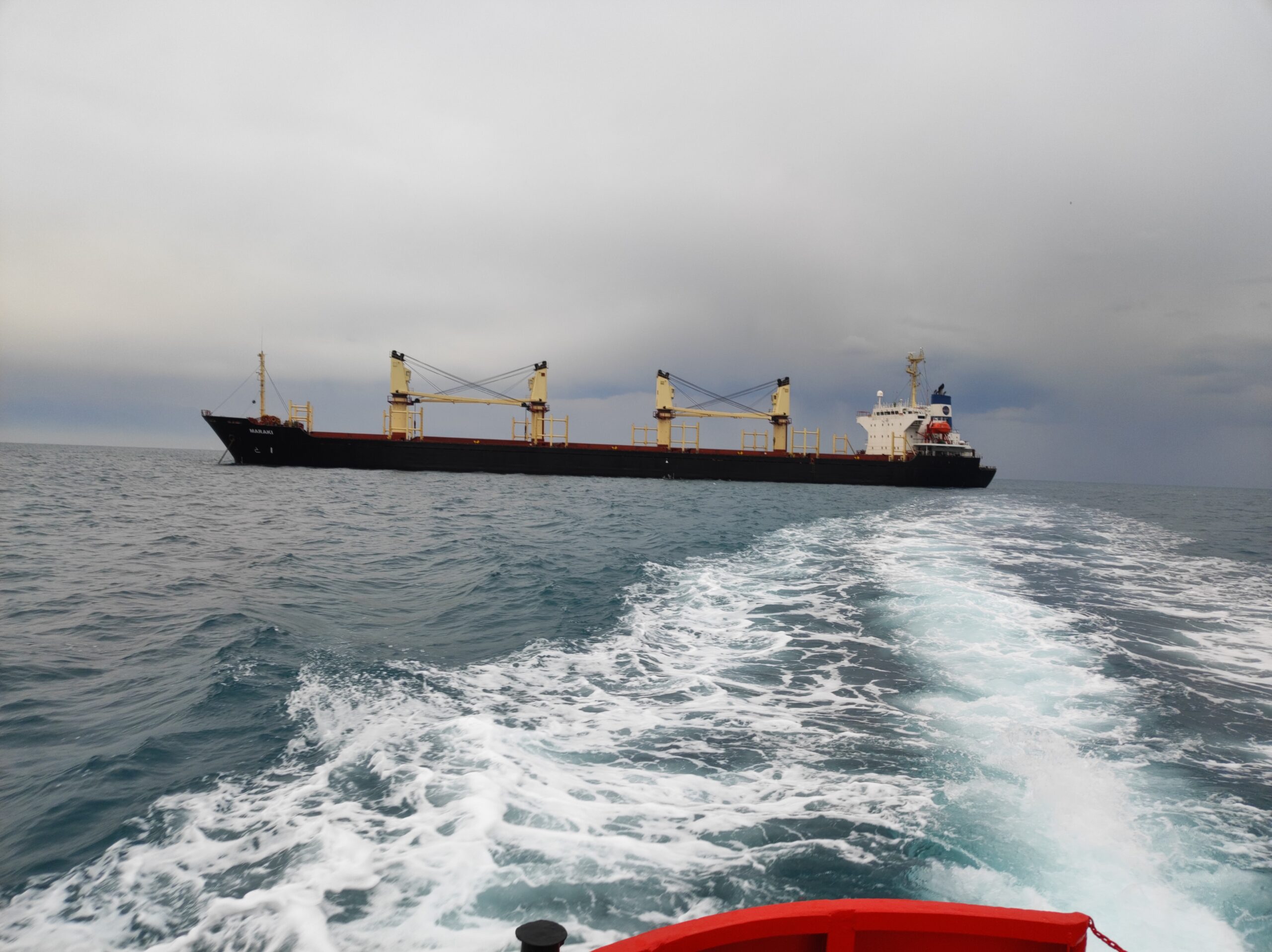What is Bunkering? A Guide to Marine Fuel Operations
Bunkering is the process of supplying fuel to ships, powering their engines and onboard systems. With over 90% of global trade relying on maritime transport (ICS), bunkering is vital for international shipping. The term originally referred to coal storage on steamships but now includes all marine fuels like HFO, MGO, and LNG.
Key Takeaways:
- Bunkering Fuel: Supplies HFO, MGO, LNG, or provisions like water and lubricants.
- Bunkering Operations: Refueling at ports, offshore, or via ship-to-ship transfers.
Types of Marine Fuels: Grades and Compliance
Modern vessels use diverse fuels based on cost, availability, and environmental regulations:
Low Sulfur Fuel Oil (LSFO)
- Sulfur Content: <0.5% (compliant with IMO 2020).
- Pros: Reduces SOₓ emissions.
- Cons: Higher cost than HSFO.
High Sulfur Fuel Oil (HSFO)
- Sulfur Content: >0.5% (requires scrubbers).
- Pros: Cost-effective.
- Cons: Needs emission control tech.
Marine Gas Oil (MGO)
- Sulfur Content: 0.1–0.5% (ideal for ECAs).
- Pros: Cleaner emissions.
- Cons: Expensive.
Liquefied Natural Gas (LNG)
- Sulfur Content: Near zero.
- Pros: Eco-friendly, future-proof.
- Cons: Requires specialized infrastructure.
The Bunkering Process: Step-by-Step
1. Preparation
- Inspect hoses, pumps, and tanks for leaks.
- Confirm tank capacity and crew training.
- Prepare bunker delivery notes (BDNs) and safety checklists.
2. Execution
- Secure leak-free hose connections.
- Monitor flow rates and collect fuel samples.
- Coordinate with bunker surveyors for quality checks.
3. Completion & Verification
- Final tank measurements and documentation.
- Post-operation safety inspections to prevent spills.
Methods of Bunkering Operations
Ship-to-Ship (STS)
- Fuel transferred between vessels (e.g., bunker barges).
- Common in ports or designated STS zones.
Truck-to-Ship (TTS)
- Tanker trucks refuel vessels at ports.
- Ideal for small quantities or limited infrastructure.
Terminal-to-Ship (PTS)
- Onshore terminals pump fuel via pipelines.
- Used in major hubs like Singapore or Rotterdam.
Regulatory Framework & Environmental Compliance
IMO 2020 Sulfur Cap
- Mandates 0.5% sulfur fuel or scrubbers.
ECA Requirements
- 0.1% sulfur limit in Emission Control Areas (Baltic Sea, North America).
CO₂ Reduction Targets
- IMO aims for 40% carbon intensity drop by 2030 (vs. 2008).
Bunkering Safety: Best Practices
- Prevent Oil Spills: Follow P&I Club guidelines for environmental protection.
- Crew Training: Regular drills for emergency protocols.
- Equipment Checks: Validate hoses, valves, and alarms pre-operation.
FAQ: Bunkering Basics
Q: What is the purpose of bunkering?
A: To supply ships with fuel, lubricants, or water for propulsion and operations.
Q: How do HS codes relate to bunkering?
A: They classify fuel types for duty calculations and compliance.
Q: Why is LNG gaining popularity?
A: It meets strict emission rules and reduces CO₂, NOₓ, and SOₓ.
The Future of Bunkering: Trends to Watch
- Biofuels & Hydrogen: Emerging alternatives for decarbonization.
- Digital Bunkering: IoT sensors for real-time fuel monitoring.
- Green Ports: Infrastructure upgrades for LNG and ammonia.
Optimize Your Bunkering Strategy Today
Need reliable marine fuel suppliers or guidance on IMO 2020 compliance? Contact our experts for efficient, eco-friendly bunkering solutions.




